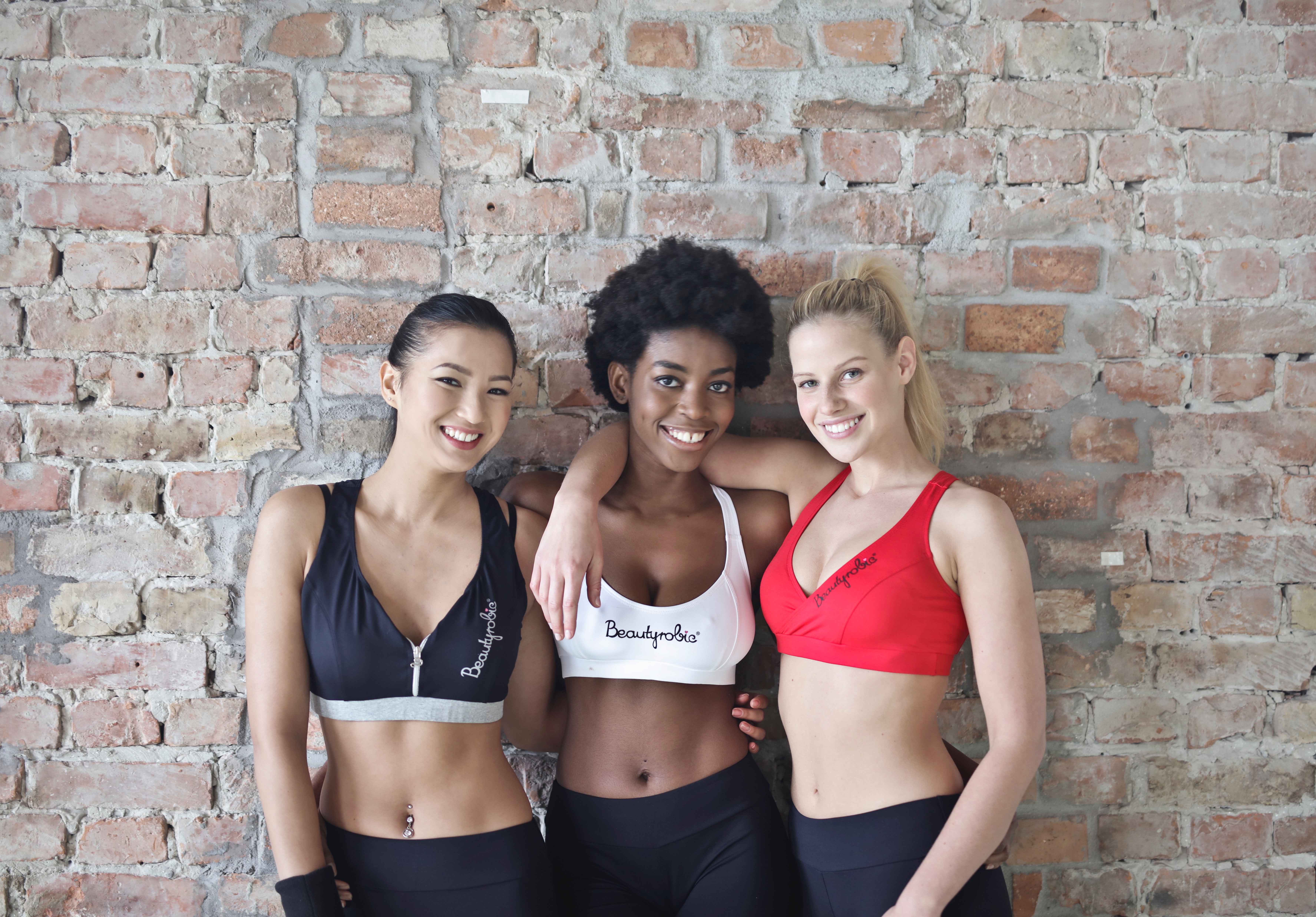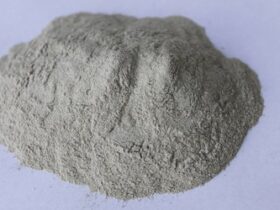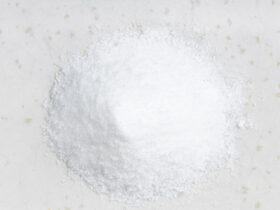Cellulite — the dimpled or bumpy skin that most often appears on your thighs, buttocks, and belly — is a common complaint. Somewhere between 85 and 95 percent of women have at least some cellulite on their bodies.
The first thing to understand about cellulite is that it is entirely natural, and there is nothing inherently wrong or unhealthy about it. Cellulite comes about when fatty tissues are constricted by less flexible muscle and connective tissue, leading to the bumpy appearance of the skin’s surface. The amount of cellulite you have depends on a variety of factors, including your age, your family’s genetic background, your body fat, and how well blood and lymph circulate in your body.
It’s essential to recognize that cellulite is not just a product of aging or weight gain, though both can play a part. People who are in peak physical condition, at a healthy weight, or even underweight, still have cellulite.
Many people find cellulite unattractive and want to make it go away. Unfortunately, despite the promises of all those expensive miracle products, you can’t “destroy” or “blast” cellulite. It’s not something you can remove or cure. However, you can reduce it and make it less noticeable. Here, Toronto-based fitness and nutrition expert Gabriel Patterson shares six methods to try:
1. Weight Loss and Exercise
The diet and exercise gimmicks that claim to target cellulite are rip-offs, but losing weight and getting into better shape can help. Remember that cellulite results when tight connective tissue constricts softer fatty tissue. Losing weight reduces the amount of fat present, while exercise will make the connective tissue more flexible. The combination can result in a smoother appearance on the surface of your skin.
2. Hydration
Most people do not drink nearly enough water every day. You may not feel particularly thirsty, but your body has to triage the water you take in and expend it on the most vital and life-sustaining bodily processes. When you are adequately hydrated, your circulation and lymph drainage improves, leading to smoother and healthier-looking skin.
3. Cellulite Creams and Lotions
Certain cellulite creams and lotions actually can have some effect. Look for products with caffeine as an active ingredient. Caffeine applied to the surface of the skin can shrink and tighten skin cells, making cellulite dimples and ripples smaller.
4. Lymphatic Massage
Massages generally stimulate the circulation of both blood and lymph. When your circulation is sluggish, lymph builds up in your tissues, making cellulite more noticeable. While any massage can help, a specialized lymphatic massage that concentrates on your thighs and buttocks will have the most significant effect on the appearance of cellulite. You can have this performed professionally or learn to do it yourself.
5. Bioactive Collagen Peptide (BCP) Supplements
Several studies have shown that bioactive collagen peptides (BCP) taken orally can reduce cellulite by making the fibrous tissue more elastic and less constricting to the softer tissues around it. Look for supplements with at least 2.5 grams of BCP in them. One note: the BCP is made from pigs, so this treatment may not be an option for some due to religious beliefs or a vegan lifestyle.
6. Self-Tanners
For decades, “getting a healthy tan” was recommended as a way to disguise cellulite. Although we now know that tanning is unhealthy, you can still get the tanned look through self-tanners, either using over-the-counter products at home or by getting a professionally applied spray tan.
Most of these techniques don’t require a considerable investment of time or money, and your best approach is to test different ones until you find a combination that works for you. Gabriel Patterson advises that no matter the method you try, the most important thing is to do it regularly and consistently; otherwise, the effects will disappear. And remember to ignore those so-called miracle cures that promise to destroy cellulite permanently. You will only blast your bank account, not your thighs!












